Around the World in Eighty Wines
Around the World in Eighty Wines
Exploring Wine One Country at a Time
Mike Veseth
ROWMAN & LITTLEFIELD
Lanham Boulder New York London
Published by Rowman & Littlefield
A wholly owned subsidiary of The Rowman & Littlefield Publishing Group, Inc.
4501 Forbes Boulevard, Suite 200, Lanham, Maryland 20706
www.rowman.com
Unit A, Whitacre Mews, 26-34 Stannary Street, London SE11 4AB, United Kingdom
Distributed by NATIONAL BOOK NETWORK
Copyright 2018 by Rowman & Littlefield
All rights reserved. No part of this book may be reproduced in any form or by any electronic or mechanical means, including information storage and retrieval systems, without written permission from the publisher, except by a reviewer who may quote passages in a review.
British Library Cataloguing in Publication Information Available
Library of Congress Cataloging-in-Publication Data
Names: Veseth, Michael, author.
Title: Around the world in eighty wines : exploring wine one country at a time / Mike Veseth.
Description: Lanham, Maryland : Rowman & Littlefield, [2017] | Includes bibliographical references and index.
Identifiers: LCCN 2017017271 (print) | LCCN 2017021538 (ebook) | ISBN 9781442257375 (electronic) | ISBN 9781442257368 (cloth : alk. paper)
Subjects: LCSH: Wine and wine making. | Wineries. | International travel.
Classification: LCC TP548 (ebook) | LCC TP548 .V459 2017 (print) | DDC 663/.2dc23
LC record available at https://lccn.loc.gov/2017017271
 The paper used in this publication meets the minimum requirements of American National Standard for Information SciencesPermanence of Paper for Printed Library Materials, ANSI/NISO Z39.48-1992.
The paper used in this publication meets the minimum requirements of American National Standard for Information SciencesPermanence of Paper for Printed Library Materials, ANSI/NISO Z39.48-1992.
Printed in the United States of America

Contents
Part I
From London to Beirut
Chapter 1

London
The Challenge Is Made and the Journey Begins
The Reform Club is an imposing stone structure that is warmer and more ornate inside than out. If you have visited London you may have walked right past it without appreciating its significance. It sits serenely, surrounded by other imposing buildings, on Pall Mall, just down the road from Charing Cross tube station and Trafalgar Square in the midst of what is sometimes called Londons clubland. The architecture bears a distinct resemblance to Michelangelos Palazzo Farnese in Rome, according to club documents, and on close inspection the similarities are clear even to an untrained eye.
The Reform Club was founded in 1836 as an opposing force to the Tory Club and the palatial clubhouse building opened in 1841. Membership was originally limited to those who had supported the Reform Act of 1832, hence the name. The grand palace became for a time the de facto headquarters of the Liberal Party although today there is no particular political affiliation associated with the organization. You can tour the place if you like, providing you appear on a particular Saturday in September having previously made application to the General Office. Its a private club, you see.
The reason that you may remember the name of the Reform Club, even if you are not an authority on Victorian political movements and even if you are not well acquainted with Italian Renaissance architecture, is that it was here, on Tuesday, October 1, 1872, that club member Phileas Fogg accepted a wager from a fellow Reformer that would change his life. You are familiar with the story if you have read Jules Vernes account of the adventure that followed. Its title is Around the World in Eighty Days.
It is a short walk from the Reform Club on Pall Mall to Berry Bros. & Rudd at 3 St. Jamess Street, just down the road and to the right. You can walk there in six minutes, according to Google Maps, or maybe a little less time if you are in a hurry, as Phileas Fogg might have been. Theres no record to indicate that Fogg stopped at Berry Bros. on that famous day in October, or any other day for that matter, but the shop in the plain, dark-red brick building with the ornate arched windows was certainly open that day, having done business there since its founding in 1698 by the Widow Bourne. George Berry came to work there in 1801 and his name went up on the sign above the door in 1810. Two of his sons, George Jr. and Henry, started running the establishment together in 1845, welcoming any and all to their premises. Its a wine shop, you see, although they traded in coffee and other commodities in earlier years, and is as open to the public as the Reform Club seems to be closed. It is the location I have chosen to begin the adventure that fills this book, which I call Around the World in Eighty Wines.
Center of the World?
Why start here, in London, apart from a perhaps misguided desire to create parallels with Jules Vernes famous story? Well, London was the center of Vernes world in a certain way because it was the control center of the sun never sets upon British Empire, which in 1872 really did span the globe. The center of the world? Well, if you had to pick one place you could have done worse than London, which is one reason Verne located his hero here.
It might surprise you to know that for much of history London has also been the center of the world of wine. Not the production of wine. You wont see many vines on your scenic Thames River cruise, although British vineyards today produce wines, especially sparklers, of rising reputation. No, its the wine trade that is centered here, and because of that, wine critics, wine writers, and wine educators are disproportionately drawn to London as well. It started, to pick a date, in the cathedral in Poitiers on Whitsunday (May 18) of 1152 when the future King Henry II married Eleanor of Aquitaine. By this act a vast swath of southwest France came under British control, including an area that we will visit in the next chapter, Bordeaux. For the next three hundred years the vines of Bordeaux were Britains vineyards. British investment in the French wine industry and British consumption of vast quantities of the stuff led inevitably to a sophisticated wine trade that continues to this day.
Jules Verne reports that Phileas Fogg took good advantage of Londons central place in the world of wine at the Reform Club, where he had breakfast and dinner each and every day. Club decanters, of a lost mold, Verne tells us, contained his sherry, his port, and his cinnamon-spiced claret; while his beverages were refreshingly cooled with ice, brought at great cost from the American lakes. Sherry, port, and claret, the traditional British name for the wines of Bordeaux. Nothing could be more logical for the refined Mr. Fogg. And no better place to begin our journey, I think, than 3 St. Jamess Street and the Berry Bros. & Rudd doorway.
The Challenge
The challenge for Phileas Fogg was relatively straightforward. A story in the Daily Telegraph pronounced that, using scheduled commercial steamship and rail transport links, it would be possible to circle the globe in eighty days, which represented a tremendous triumph of technology and rational calculation over nature and distance. This journey was an audacious idea in the Victorian age and not an easy thing to accomplish even today using boats, trains, and so on. BBC television presenter Michael Palin struggled to match Foggs pace on the same basic route in his 1989 television series, even using modern fast trains and ships. Cheatingwhich in this case means taking to the airmakes the task almost ridiculously easy. The supersonic Concorde holds the record for a full circumnavigation by a commercial jetliner following the equator, more or lessjust under thirty-two hours. Wow!
Next page

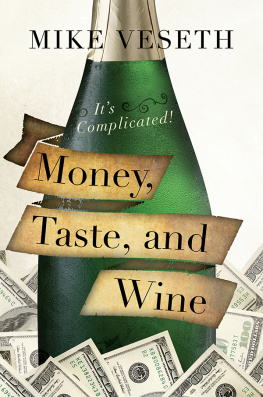


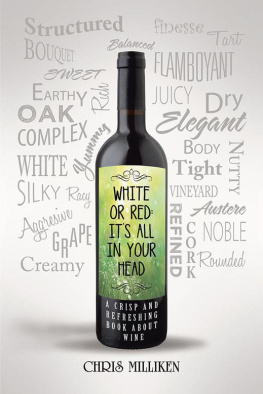



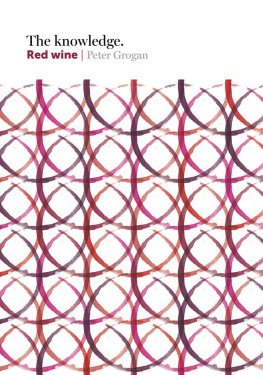
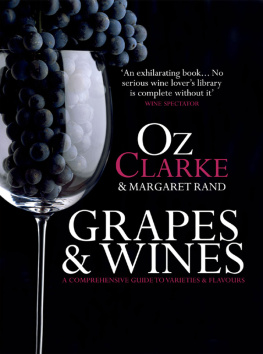
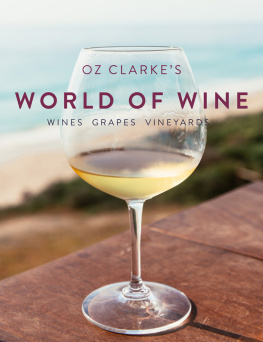
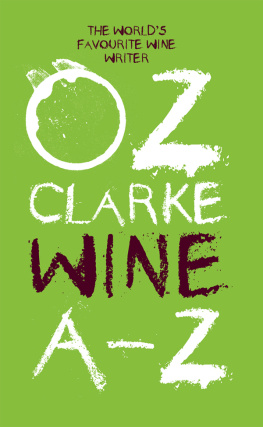
 The paper used in this publication meets the minimum requirements of American National Standard for Information SciencesPermanence of Paper for Printed Library Materials, ANSI/NISO Z39.48-1992.
The paper used in this publication meets the minimum requirements of American National Standard for Information SciencesPermanence of Paper for Printed Library Materials, ANSI/NISO Z39.48-1992.